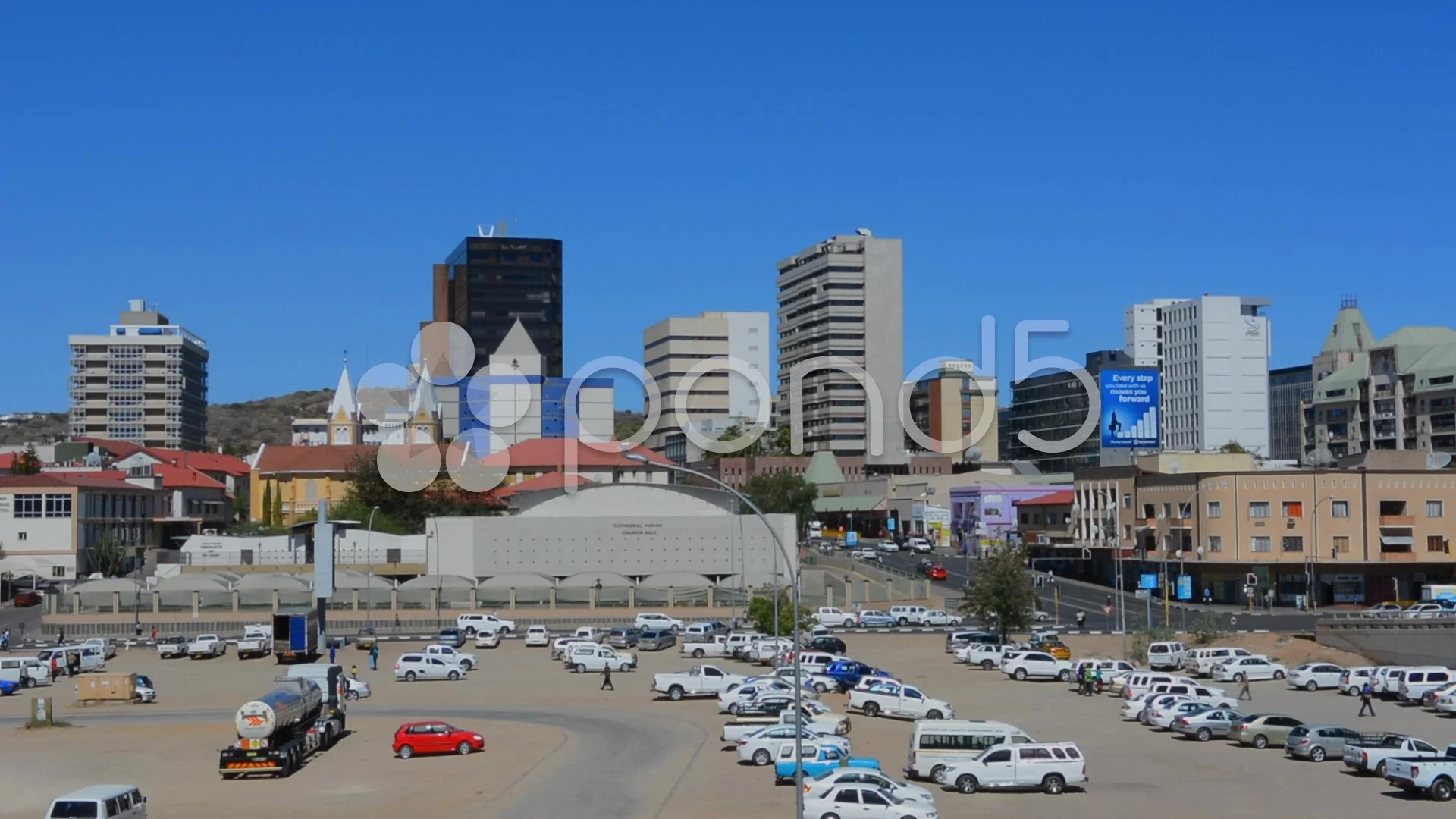

Combies run from everywhere in Namibia, and through some combination of different routes, one can always find their way to Windhoek.

This is the easiest way to get to Windhoek for people without a car. From the west the B2 connects Swakopmund and from the east it connects Gobabis. Southern towns include Rehoboth, Keetmanshoop and Lüderitz. Northern towns served by the B1 include Oshakati, Otjiwarongo, and Okahanja. The B1, which runs from the north to the south and the B2 (Trans-Kalahari) which runs from the east to the west through Namibia are the primary land routes into Windhoek. Other languages include Oshiwambo, Otjiherero, Damara/Nama, Setswana, SiLozi, and Rukwangali. Radio and television is also predominantly in English. Oshiwambo is spoken by 50% of Namibians as a mother tongue. German is widely used in tourism and business. This is the city where most safaris travelling through Namibia begin, and also the first point of entry in Namibia should you arrive by airplane.Įnglish is spoken throughout Namibia (it is the country's official language and is also the medium of instruction in most schools), although in many urban areas Afrikaans (similar to Dutch) is used as a lingua franca, as 50% of the Namibian population speaks Afrikaans. It is in the geographic centre of the country at an elevation of 1,600 m. For the adrenalin junkies, the city has many extreme sports, such as sand boarding, quad biking, dune carting, parachuting, hot air ballooning, shark fishing, deep sea fishing and beach angling - just to point out a few! For the more laid back tourist, Swakopmund offers an array of restaurants, cafes, art galleries, museums and a snake park.Windhoek is Namibia's capital and largest city (population ~250,000).

Broaden your experience by stepping outside the city to enjoy a game of golf at the Rossmund Desert Golf Course (one of the only 5 world-renowned all-grass desert golf courses). These include a transport museum, the National Marine Aquarium, a crystal gallery and, south of the Swakop River near Langstrand, you can experience the beauty of the sand dunes.

In Swakopmund, there are many different activities and attractions to keep you busy. Other historic attractions in Swakopmund include buildings such as the AltesGefängnis prison, designed by Heinrich Bause in 1909, and the Wörmannhaus, which was built in 1906 with a prominent tower, but is now a public library. The city is home to the Swakopmund Airport, lying on the B1 road and the Trans-Namib Railway from Windhoek to Walvis Bay. In 1892, Swakopmund was founded by Captain Curt von Francois as the main harbor of German South West Africa, drawing a lot of attention to the harbor. Another relief to the heat is the cool early mornings and evenings in Swakopmund throughout the year, because of the cold Atlantic Ocean meeting the Namib Desert creating a fog bank. The interior of Namibia has intense heat during the summer months, therefore making the coast the perfect December getaway for that real holiday feel. Swakopmund is a seaside resort town, which makes it the premier holiday getaway in Namibia.


 0 kommentar(er)
0 kommentar(er)
